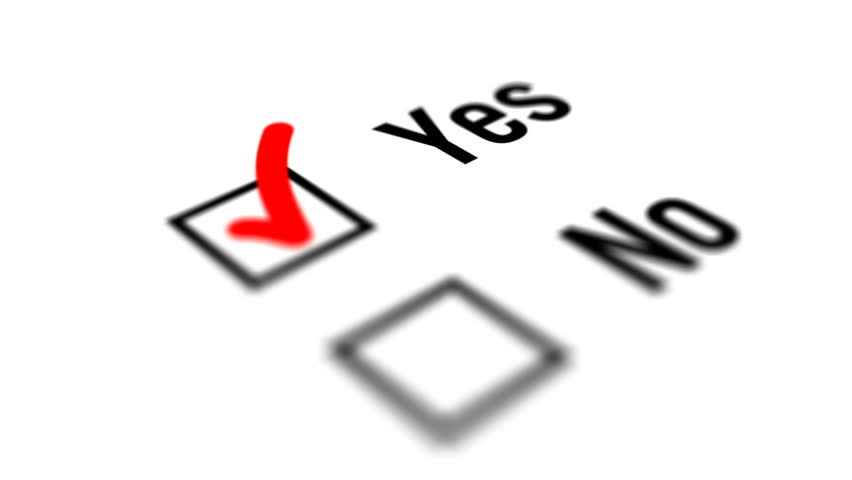|
Formula
Procedure of Application
Development Complete When
Source of Error
Incompatibilities
Precautions
Storage Container
Safety
Recommendations
Similar Reagent
Sequential Reagent
Formula
Procedure of Application
Development Complete When
The cyanoacrylate has absorbed the dye stain. Source of Error
Surfaces that absorb too much dye stain will fluoresce too brilliantly to be effective for photography. Incompatibilities
Items that inherently fluoresce in the 530 nm to 590 nm range will interfere with the dye stain fluorescence. Precautions
Avoid excess build-up of cyanoacrylate, since this may result in ridge detail depicting little contrast to the strongly fluorescent surface. Storage Container
Dark stoppered glass or plastic bottles. Safety
Fume hood use is required when preparing and applying the reagent. Recommendations
The recommended procedure of application is to immerse the item in a tray of the dye. A rinse using Methanol may be necessary to reduce excessive staining by the dye. Similar Reagent
Sequential Reagent
Vertical Divider
|
Chemical Name
Nile Red Surface Used On Non-Porous Surfaces Sensitive To Cyanoacrylate Deposit Abridged Reagent Sequence
Vertical Divider
|
Ridge Detail Visualized by:
Forensic Light Source induced Reagent Applicabilities: Non-Porous Surfaces Fluorescent Technique Post Cyanoacrylate Other Chemical Name(s): Nile Blue Oxazone Working Solution Shelf-life: Six (6) months |
Process Summary:
A fluorescent dye-stain used to enhance cyanoacrylate-developed latent prints. A fluorescent light source that will output light between 450 nm to 560 nm is required for this process.
A fluorescent dye-stain used to enhance cyanoacrylate-developed latent prints. A fluorescent light source that will output light between 450 nm to 560 nm is required for this process.
Accepted Deviations:
A number of organic solvents such as n-Heptane, xylene, chloroform, acetone and ethanol may be used to dissolve the Nile red dye. The excitation wavelength may be varied to determine which produces the best fluorescence.
A number of organic solvents such as n-Heptane, xylene, chloroform, acetone and ethanol may be used to dissolve the Nile red dye. The excitation wavelength may be varied to determine which produces the best fluorescence.
Supporting Reference Materials:
- Minutiae Magazine, Summer Special 1994, Issue No. 24, pg.7.
- Day, K. and Bowker, W., "Enhancement of Cyanoacrylate Developed Latent Prints Using Nile Red", Jor. Forensic Identification, Vol. 46, No. 2, March/ April 1996, pp. 183-187.






